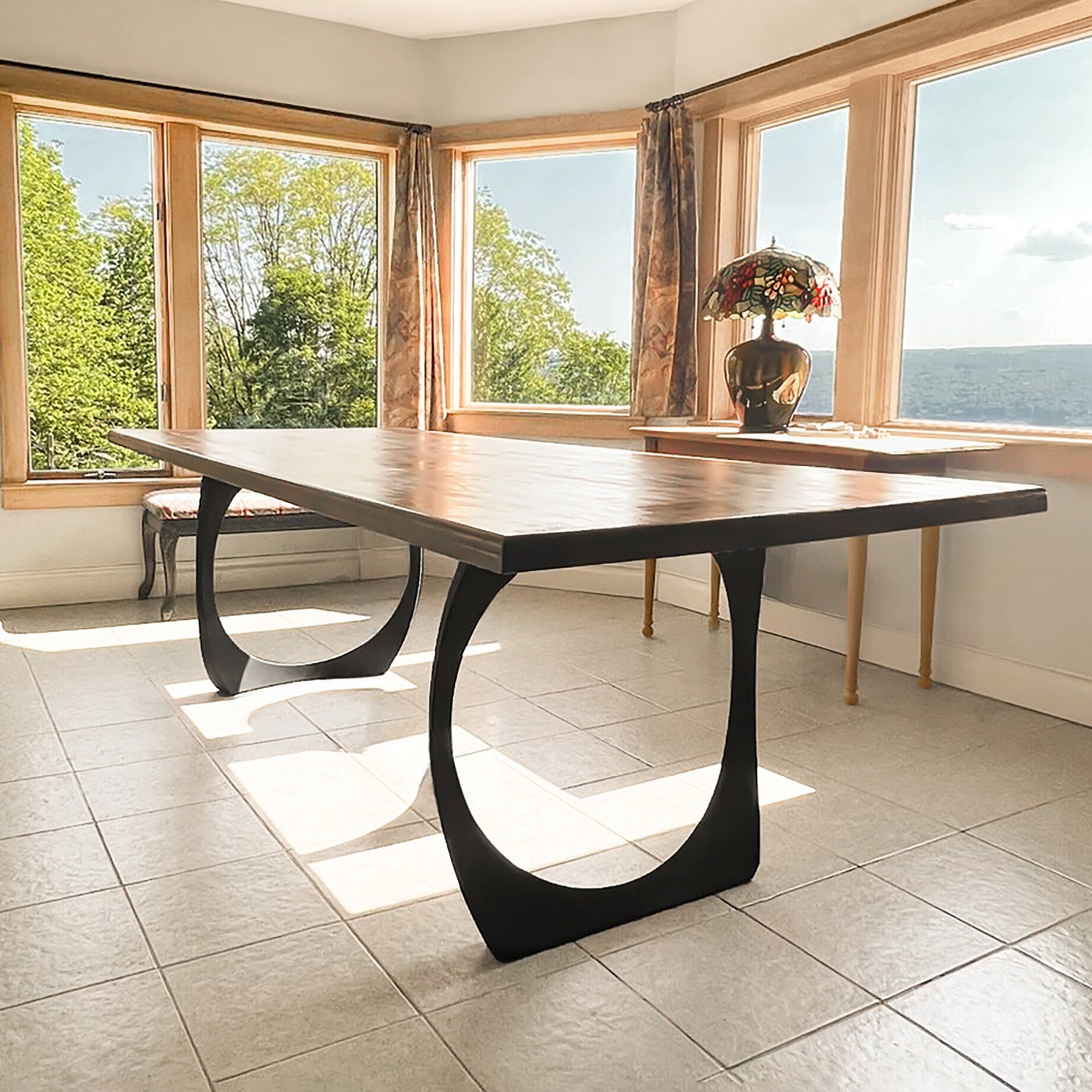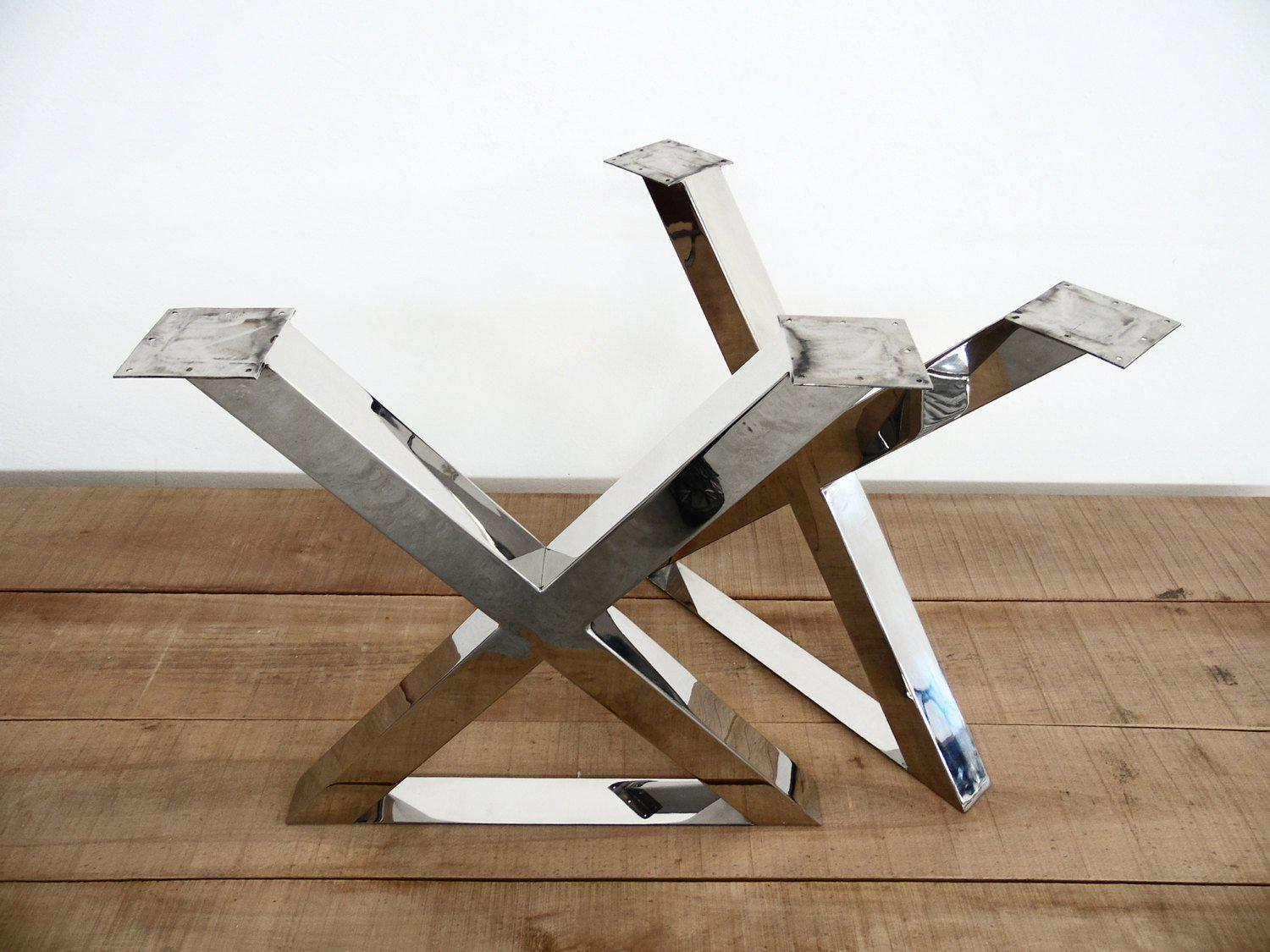Unique Dining Room Table Legs to Change Your Dining Location
A Thorough Take A Look At Dining Table Leg Styles: Finding the Perfect Match
Choosing the right eating table leg style is essential for both visual appeal and sensible functionality. For those with bigger tables, trestle legs make certain tough assistance, whereas hairpin legs present a mid-century modern-day ambiance with their minimal layout. The x-shaped legs blend modern style with enhanced stability.
Traditional Four Legs
Among the different kinds of eating table leg designs, the traditional four-leg layout stays a timeless selection for numerous houses. 4 legs give balanced support, ensuring the table remains secure and qualified of bearing considerable weight (dining room table legs).
From an aesthetic point of view, the traditional four-leg layout can be easily adapted to different indoor styles. Whether crafted from timber, metal, or a combination of products, these legs can be delicately carved, streamlined and minimalistic, or anything in between. Their convenience enables them to match both rustic and modern settings flawlessly.
Moreover, the straightforward framework of the four-leg layout promotes convenience of movement and positioning within a space. Unlike more complicated bases, this design minimizes obstructions, offering adequate legroom for diners. In recap, the conventional four-leg table leg design marries enduring style with practical functionality, making it a sharp option for those seeking both type and function in their eating furniture.
Pedestal Base
Frequently commemorated for its classy and space-efficient design, the pedestal base is a distinguished option to the standard four-leg configuration in dining table leg designs. Without edge legs, restaurants are afforded better liberty of motion, making it an excellent selection for round and oval tables that promote more intimate and comprehensive gatherings.
The main column itself uses a canvas for intricate styles and imaginative expressions, adding a component of visual interest below the table. In summary, the stand base incorporates functionality with style, making it a refined and functional alternative for diverse dining atmospheres.
Trestle Legs
Trestle legs provide a durable and ageless structure for eating tables, identified by their horizontal cross-bracing and tough support light beams. Originating from medieval times, this layout has actually advanced yet preserved its necessary framework, making it a seasonal favorite in both traditional and contemporary settings. The main trestle beam, usually supported by two or even more upright blog posts, supplies phenomenal security, permitting for larger table lengths without the requirement for additional legs.
A considerable benefit of trestle leg tables is the adequate legroom they provide. Unlike tables with four edge legs, the lack of obstructions at the table's edges gives unimpeded area for chairs and diners, boosting comfort and availability. This makes trestle tables optimal for suiting bigger events, whether in a dining-room or a reception hall.
From rustic farmhouse to streamlined contemporary styles, trestle legs can be tailored to suit private tastes. Their long-lasting charm and practical benefits make trestle legs an engaging choice for those seeking both design and usefulness in their dining table.
Barrette Legs

The charm of barrette legs depends on their simplicity and adaptability check these guys out - dining next room table legs. Offered in a series of products, consisting of steel and brass, they can be finished in various colors to match different indoor designs. Whether coupled with a rustic wooden table top or a modern glass surface, barrette legs effortlessly mix capability with a touch of classic beauty
Longevity is an additional significant attribute of hairpin legs. In spite of their fragile look, these legs are crafted to bear substantial weight, guaranteeing the eating table continues to be secure and safe and secure. Additionally, they are reasonably very easy to mount, making them a prominent choice for DIY fanatics and expert furniture manufacturers alike.
X-Shaped Legs

Created from products such as steel, timber, or a mix of both, X-shaped legs can be tailored to match various style preferences. Steel legs often offer a smooth and industrial feel, suitable for loft-style apartments and contemporary dining rooms. On the various other hand, wood X-shaped legs supply a warmer, more rustic charm, suitable for farmhouse or diverse interiors. The versatility in products allows house owners to customize their table to much better fit their overall design system.
In addition, the design behind X-shaped legs ensures even weight distribution, minimizing the danger of tottering and boosting longevity. This makes them especially well-suited for bigger eating tables that call for extra support. Basically, X-shaped legs mix functional design with modern-day aesthetics, making them an ageless choice for diverse eating settings.
Conclusion
An extensive understanding of eating table leg designs reveals the distinct attributes and advantages of each design. Trestle legs guarantee durable support for bigger tables, why not find out more and barrette legs introduce a mid-century modern aesthetic.